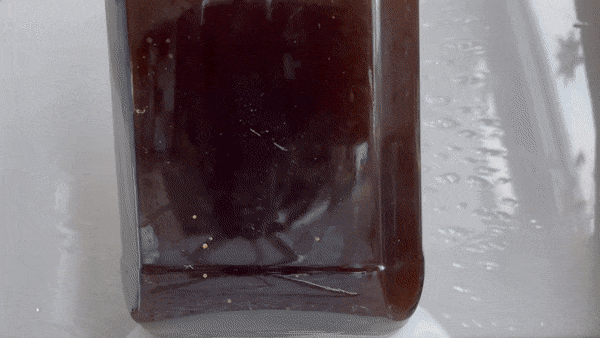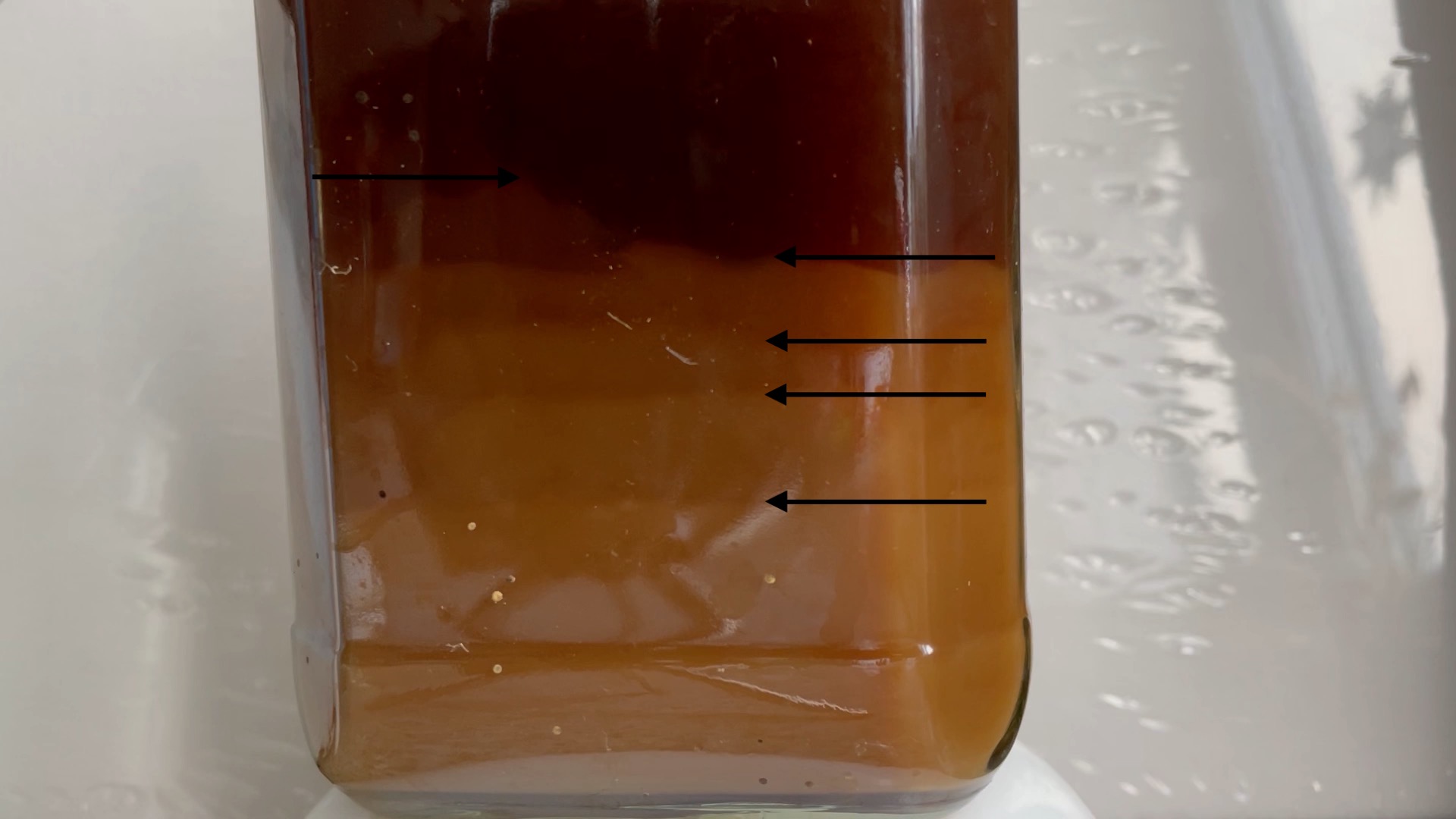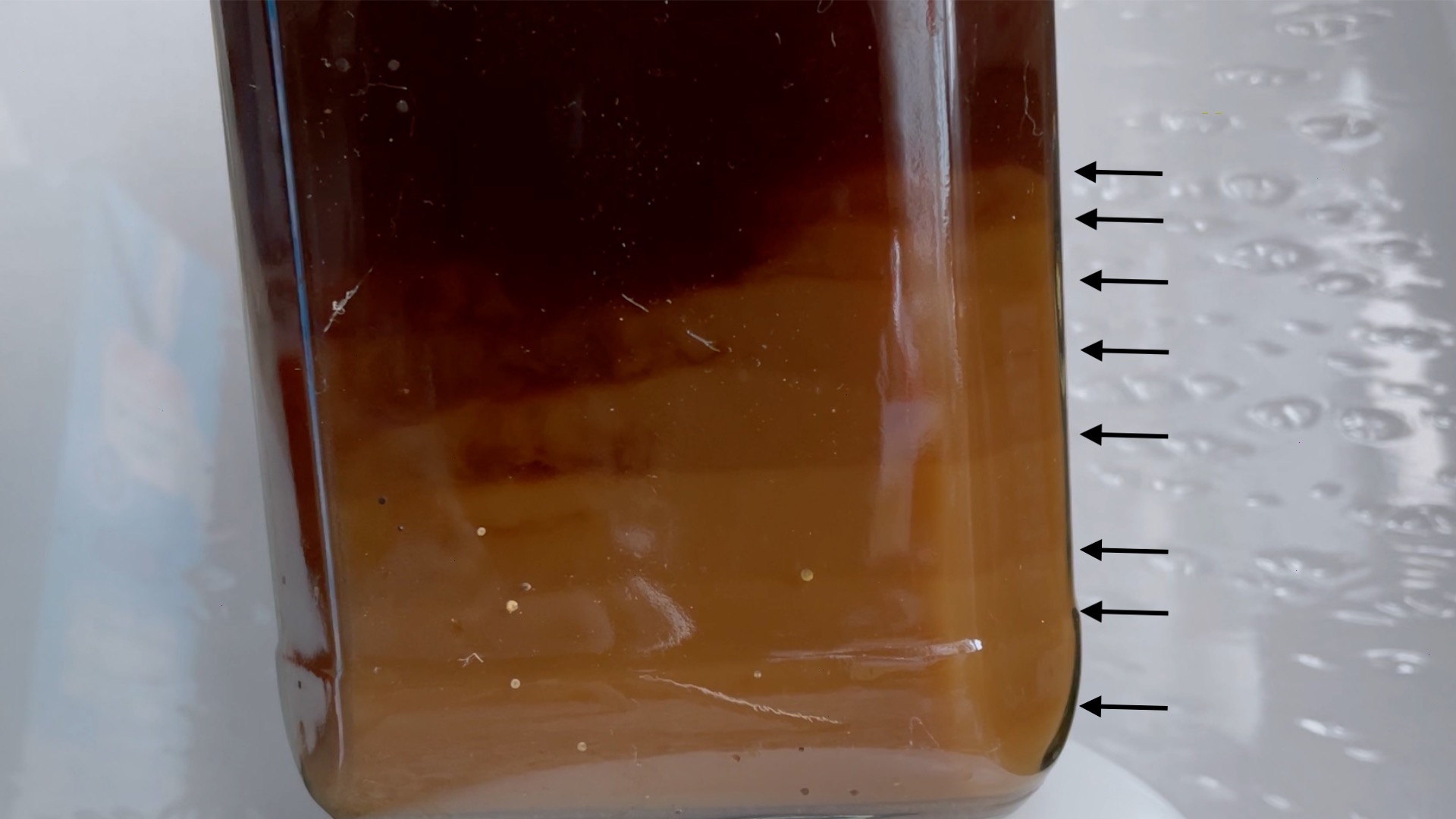
Diffusive layering — a super easy experiment!
Day 17 of my 24 days of #KitchenOceanography is about double-diffusive layering, and the post is using “go have a nice latte” as instructions. However, in times of Covid-19 (and a hard lockdown in Germany since Wednesday) that’s unfortunately impossible. And since Lars Henrik said that he was especially curious about this experiment, and today is the day of my “inaugural” lecture back at GFI in Bergen, I thought that was reason enough for a little upgrade to my advent calendar.
So here we go: Looking at diffusive layering in a coffee-and-milk scenario!
The experiment is SUPER easy. The only reasons you might not be aware of this happening are
- You don’t drink coffee in a glas
- You don’t add milk
- You stirr too much and/or too soon
- You drink the coffee too early
So. If you avoid all that, this is what you will see: A stratification with nice layers forming!

All you need to do is
- Make coffee
- Pour coffee into glass
- Drop a teaspoon or two of sugar into the glass (NO STIRRING RIGHT NOW!)
- Pour some milk into the coffee (don’t stress if it looks very turbulent, it’ll settle…)
- Observe layers forming!
- (Optional: When you feel like you’ve seen enough of those layers, stirr CAREFULLY so a little of the sugar gets dissolved into the lowest layers of the coffee-milk-mixture
- Observe a different set of layers forming)
That’s it! Awesome, isn’t it?
Here is a movie the full experiment:
What’s happening here is that cold milk is denser than hot coffee, therefore it sinks to the bottom. But at the interface, there is a fast transfer of heat and a much slower transfer of matter, so the milk gets warmed up and raises until it reaches a level of its own density (the new interface). Within that layer, properties are pretty much homogeneous, but at the interfaces above and below, there are gradients both in temperature and coffee/milk content (salinity in the ocean). So at each interface, a new diffusive layer will form. Over time, many layers develop.
When we stirr in the sugar after some time, we add a new dissolved substance that influences density, and we re-start the diffusive layering process.
Out-takes: Can you guess what happened here? (It does look super awesome, but why is the stratification being eroded?)

I can tell you. The first time I ran the experiment, some sugar stuck to the condensation inside the glass just above water (coffee?) level. As there was more and more water vapor rising from the coffee and more and more condensation collecting on the side of the glass, sometimes some of that sugar sinks down in dense plumes that break through some of the layers (but isn’t it awesome to see how the layers still catch some of the dense plume?!)
Check out the movie of that experiment, it’s awesome!
24 Days of #KitchenOceanography - Diffusive layering - Adventures in Oceanography and Teaching says:
[…] more about this experiment here (includes a movie and a fun […]
jessicakleiss says:
I’m curious – I’m guessing that a density profile down through the depth of your latte would show “steps” that correspond to the layers in your images, with less dense liquid on top, and more dense on bottom (naturally!)
I love your explanation of the double-diffusive layering, but I wonder: what sets the height of those layers? How much of that milky fluid heats up and rises to make a homogenous layer? What would change the height of the layers?
Thank you so much!!
Mirjam says:
Hi Jessica, Thanks for your question! I’m currently working on a blogpost about exactly that, but work and life keep getting in the way. Hope to be posting it very soon, though! Thanks again for engaging, it’s always lovely to see people reading & engaging! :)